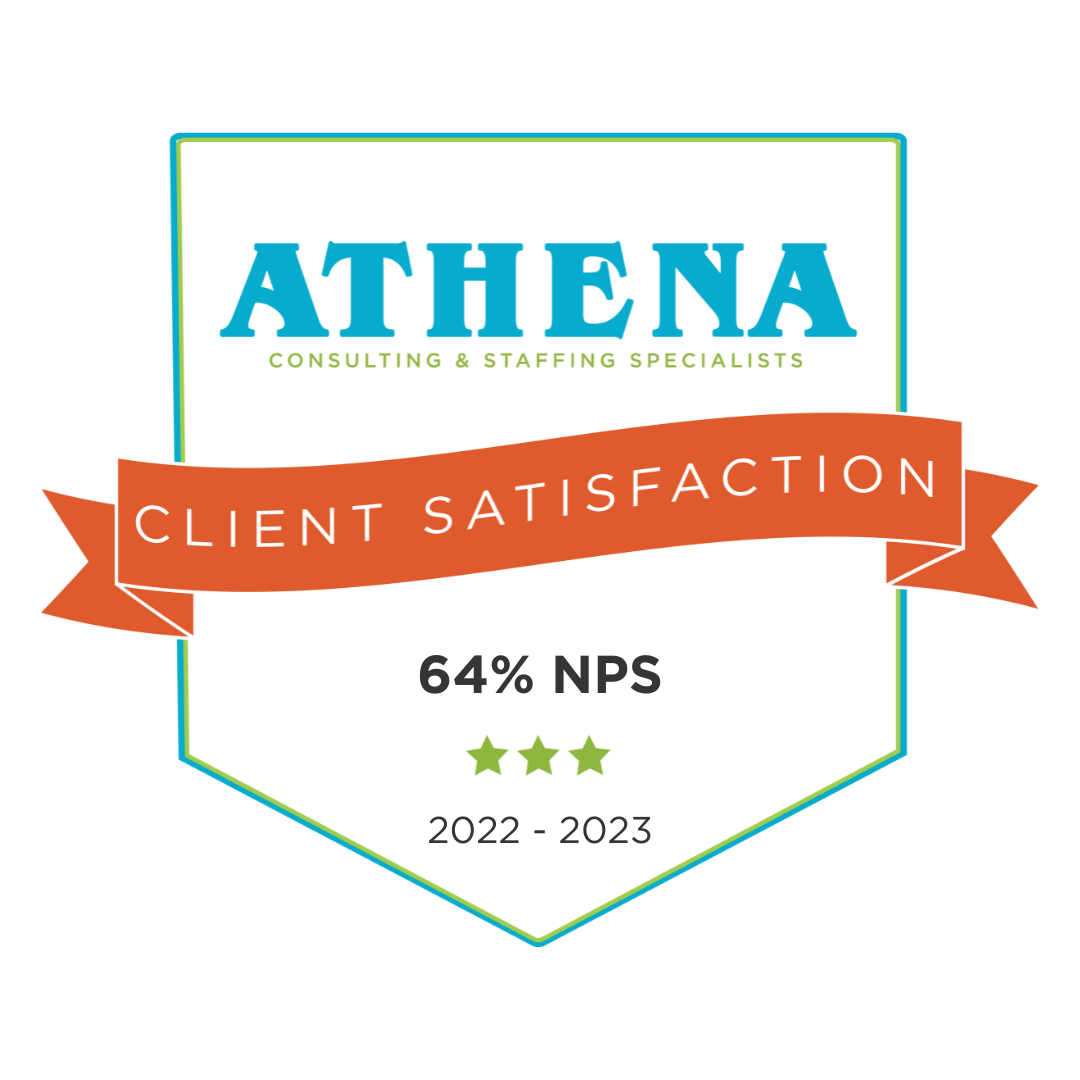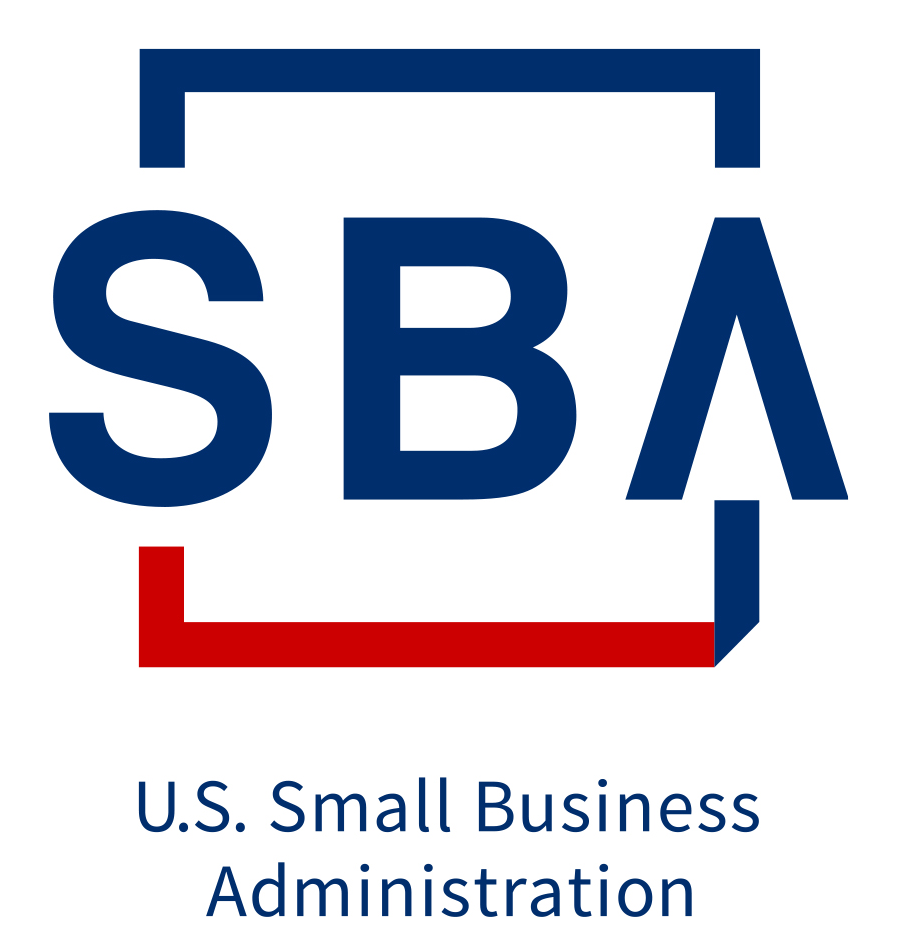
The United States Bureau of Labor Statistics (BLS) announced on March 12th that the total cost of employing a state or local government worker is 45% more than an equivalent worker in the private sector. For the month of December 2013, employers in the private industry spent an average of $29.63 per employee hour worked. But the equivalent cost for a government worker averaged $42.89 per hour. Not only does a government employee average 33% higher pay than in the private sector, but their pension and retirement benefit cost is also now an incredible 254% higher. Given that compensation formulas for federal, state, and local government are comparable, it should not be a surprise that this year spending by the U.S. government will exceed revenue by an all-time high of $744.2 billion and our gross national debt is a stunning $18.5 trillion.
The BLS reported that private employers spent $20.76 on average for wages and salaries, plus $8.87 for benefits per hour worked. State and local government paid $27.66 for wages and salaries, plus 15.23 for benefits per hour worked. Government employees cost 33% more in wages and 71% more in benefits. The biggest difference is that government pension costs are 254% higher than the private sector.
These differentials explain why, despite supposed efforts to reign in public spending, net federal, state, and local government spending rose from $6.1 trillion in 2013 to $6.3 trillion in 2014 and will reach $6.6 trillion in 2015. The spending rate is actually $600 billion higher, but the federal government gets “inter-governmental transfers” of $600 billion. The transfers come from U.S. government revenues, such as the $89.9 billion dividend the U.S. government received from the Federal Reserve as shown below:
The BLS Employer Costs for Employee Compensation (ECEC) report also broke down the “legally required benefit costs” in private industry for the month of December 2013 averaged $2.43 per hour worked, or 8.2% of total compensation. Social Security comprises the largest legally required benefit-cost component at $1.39 per hour, or 4.7% of total compensation. Costs for other legally required benefits include workers’ compensation of $.43, or 1.4% percent of total compensation; state unemployment insurance, which averaged $.23 cents per hour worked, or 0.8%; and federal unemployment insurance, which averaged just $.04 per hour worked. Discretionary benefits for life, health, and disability insurance at private industry employers averaged $2.45 per hour worked, or 8.3% of total compensation. Overtime and premium, shift differentials, and nonproduction bonuses averaged another $.85 per hour worked, or 2.9%; and retirement and savings averaged $1.10 per hour or 3.7%.
The “legally required benefit costs” for federal, state, and local are only about $1.78, or 6% of wages. Government employees usually do not have to pay into Social Security, but on every other category of benefit, their employers pay much higher costs to cover much richer benefits.
About 7% of all Americans are employed by federal, state, and local governments. But since only 56% of working-age Americans have a job, this works out to about one government worker out of eight people who are actually working. This percentage has remained about the same for the last 35 years.
Back in 1979, higher public sector pensions were considered fair compensation, since the private sector paid higher wages. At the time, federal government debt was only about a third of America’s GDP. But every year since then, public sector wages and benefits have grown at about 1% faster than the private sector. As the Bureau of Labor Statistics report demonstrates, the faster compounding of total compensation for government workers has now reached a record 45% higher than the private sector. This generous treatment of public employees at least partially explains why America’s federal debt has more than tripled to 110% of GDP.
As mentioned in our 8 Reasons to Use a Staffing Firm blog, staffing firms can be utilized by government employers to decrease organization costs. Everyone knows that time is money. Using a staffing agency allows you to save time and money in many ways. Not only are you saving time by not having to source and screen applicants but you are saving money with reduced overtime, payroll taxes, unemployment costs, and Worker’s Compensation costs.
Contact us today to work with an experienced staffing agency. We have an amazing Job Search page that makes it easy to both share and find open positions. You can learn more about our staffing services here. We look forward to hearing from you soon!
<!–













